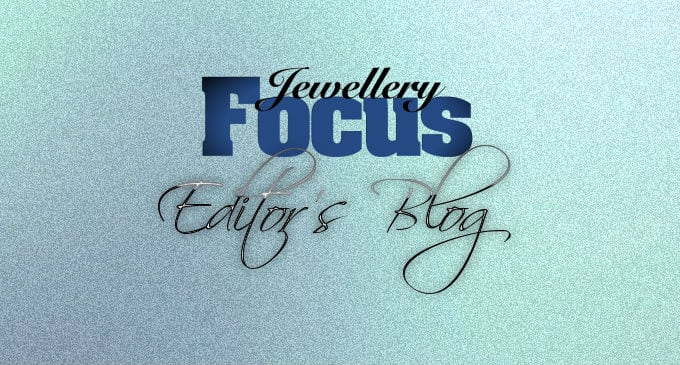The luxury goods market is buoyant – it’s time to stop blaming the economy

When luxury goods giant LVMH announces that handbags and belts at £1000+ a piece are doing better than watches and jewellery, you have to ask what is going on.
The West, in its entirety, has become obsessed with the notion that economic weakness is to blame for poor sales in all sectors. But really, how much longer can we plausibly make that claim? The FTSE 100 is higher than it has ever been; the British economy is growing at a rate that in any other era would be called a boom; the BRC says the high street is doing a good trade; and hallmarking figures are up by 30% year-on-year, month in, month out.
These metrics are not figments of the Westminster imagination, they are derived from real economic activity, from the humblest sale over the retail counter to the most complex fiscal instruments being peddled in Canary Wharf.
The reason I mention LVMH is not because of some out-of-touch journalistic notion that if the megabrands are doing well then so should we all, but because of the discord between jewellery and leather goods. Granted, a huge amount of the sales are from emerging markets, but in a sense that makes the problem worse. Globally, people are willing to put their hand in their pocket, but would rather it went on an absurdly overpriced holdall, than on a quality timepiece, a beautifully crafted pendant or a gemstone cocktail ring, all of which would last a lifetime.
This a marketing problem, and one that even LVMH is evidently worried by. In its statement, the firm said that it is investing heavily in ‘communication’ for its jewellery and watch brands (which include TAG Heuer, Chaumet, FRED and Bulgari), presumably because the management themselves cannot fathom the superior interest in expendable fashion items and champagne which, once drunk, is cash proverbially ‘up the wall’.
Consumer behaviour is malleable – any marketeer worth their salt will tell you that. DeBeers is the jewellery industry’s shining example, thanks to a marketing campaign which convinced an entire generation and all its successors that the only suitable stone for an engagement ring is a diamond.
How to combat this current marketing problem is one of the great challenges of this century, and marketing is, in the basest deconstruction, salesmanship. Quality jewellery will not always sell itself. But now that consumers are showing willingness to spend, the only jewellers to ride the wave fully will be those who hire someone who can sell with aplomb. Those who buy in the talent to convince customers that a gemstone ring is better and more perennial than a Vogue-endorsed satchel, will make it.









